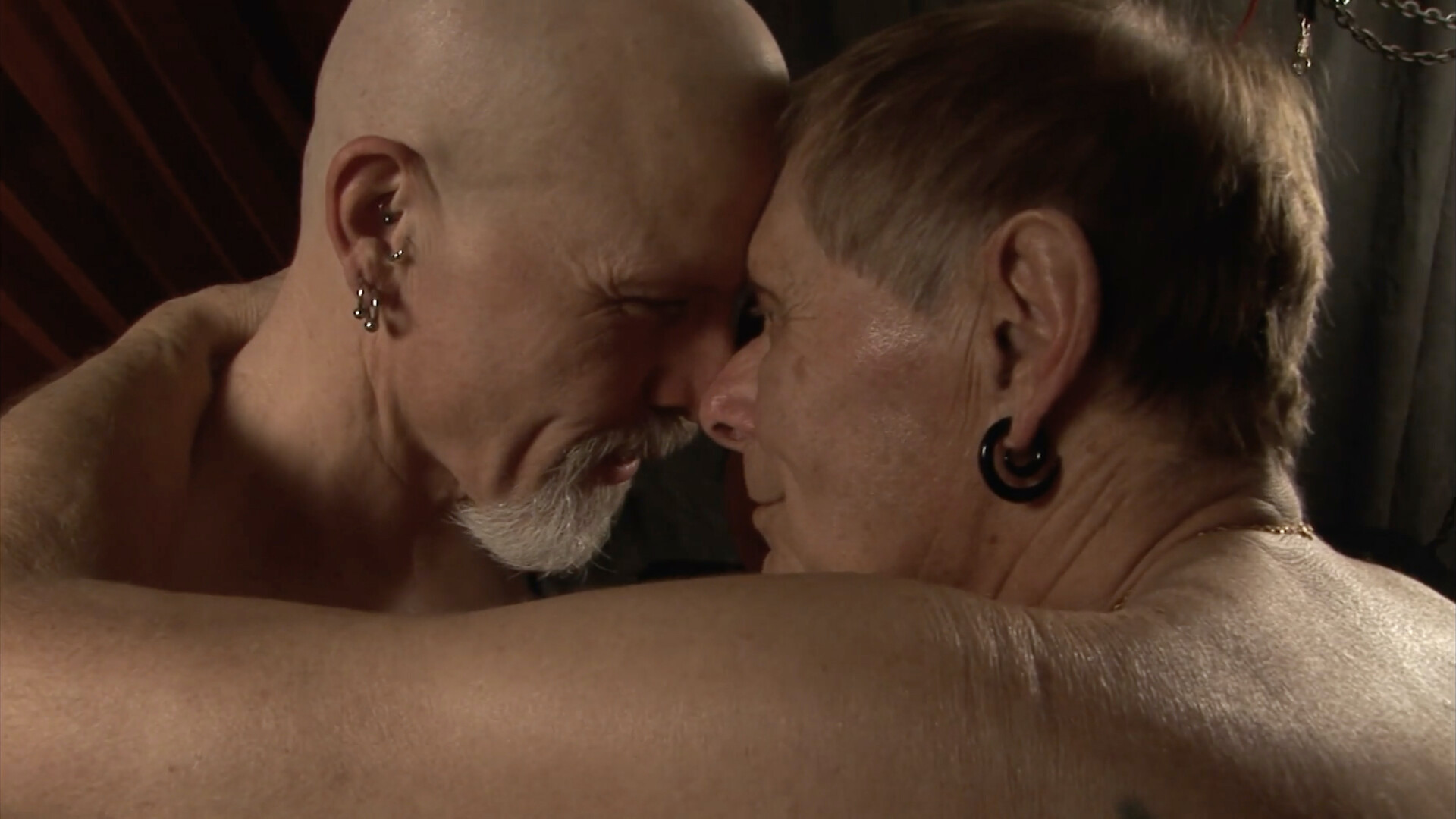A neck coiled with rope. A waist cinched with a leather belt. Lips clipped with clothes pins. Nipples festooned with fishing lures.
To behold the early photographic self-portraits of Fakir Musafar, born Roland Loomis in 1930, is to be awed by a uniquely transgressive, and prescient, vision. In his latest documentary, director Angelo Madsen’s A Body to Live In embraces the artist’s many contradictions — taking a multilayered perspective on Musafar’s life to creatively excavate his role as a pioneer of extreme body modification.
As a teen, Musafar converted his mother’s fruit cellar into a darkroom, where he took semi-nude self-portraits in various states of erotic bondage, showing off his secretly pierced and tattooed body and often lounging on a bed of nails. Despite growing up an altar boy in a “hell and brimstone” Lutheran church, he was attracted to “freaks and circus people,” in his words, who passed through his tiny town.

In a time when tattoos and piercings have become mainstream, A Body to Live In reminds us of the complicated, often controversial, roots of body art — along with its enduring connection to queer communities and gender nonconformity. Collaging archival footage, interviews with Musafar’s contemporaries, and a selection of the artist’s typewritten poems, Madsen stitches together the artist’s unlikely rise from Korean War draftee to an icon of San Francisco’s underground gay and kink scenes.
We also learn about Musafar’s lead role in the “Modern Primitive” movement, and its lasting subcultural resonance. His print zine Piercing Fans International Quarterly, which celebrated the intersection of BDSM and body modification, would later spin off into a more spiritual direction that shaped the Modern Primitive subculture: “When you make an opening in somebody’s body,” he lectures in one of many voiceovers, “you’re making an opening in a psychic body.”
No matter one’s edgy appetites, much of the imagery in A Body to Live In is not for the faint of art. We witness Musafar’s wife, artist Cléo Dubois, undergo a clitoral piercing meant to heal her of the trauma of multiple sexual assaults. “No more rape!” her companions shout to the beat of a drum in a bucolic setting. We also learn of the intersection between “Modern Primitive” acolytes and the ritualization of mourning those lost to the “plague” (as they called it) that we now know as the AIDS pandemic. “When life and death are so close, doing mundane things just doesn’t cut it,” explains one Modern Primitive member. “You need to go deep — to deeply feel and deeply experience what you’re going through and strive for some relief.”

As affecting as these rituals are, they clearly appropriate from Indigenous cultures — when he was young, Musafar was inspired by the traditions of the people of the Sissiton Sioux Indian Reservation, upon which his White family lived. The documentary acknowledges the ethical consequences of the Modern Primitives’ practices, including a face-off between Musafar and Indigenous tribal leaders on a 1986 talk show. By 1993, three tribal groups publicly condemned appropriation; by 2003, the Lakota people “formally banned non-Indigenous people from sacred rites.”
Just as Madsen resists indulging in nostalgia for a time before the mainstream popularity of gay subcultures, he resists a moralizing revisionism toward the past. Musafar’s own struggle with cancer is rendered with similar balance. Ultimately, A Body to Live In is a poetic, often unsettling film — one that invites us to consider whether “the whole purpose of life,” as Musafar asserted on his deathbed, “is to finally get out of a physical condition.”
Upcoming screenings of A Body to Live In can be found on the film’s website.

